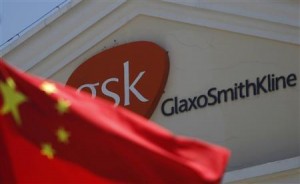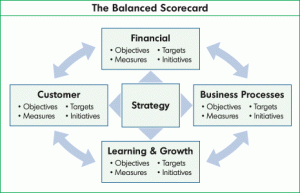My teammates and I were excited upon choosing Zara as our focus company for the marketing project, as we have heard about how its “fast-fashion” model and renowned supply chain management are major contributors to its success today. I was curious to gain more insight into how the company develops and manages its customer relationships, as conventional advertising methods are not used. Out of the three assignments that we handed in, I found it most difficult to get a start on the Segmentation, Target, and Positioning (STP) report. After getting further clarification with the instructor as to how a worthwhile segment is recognized and the various segmentation variables, we were able to understand the different perspectives that we should take into account. In hindsight, we probably should have been a little more creative with these segments and looked into some potentially worthwhile segments.
It was definitely useful to have the librarian from the David Lam Library come talk to us about the abundant amount of accessible resources for research. Using this knowledge, I found very useful and reliable articles and books found in the databases. Because Zara is a private company, it was difficult finding specific information about the company’s financials and reports. However, we got around this obstacle by looking at articles and books about specific information relating to the “fast-fashion” and apparel industry. Extracting relevant information and analyzing it to support our ideas was one of my group’s strengths. The video-making process was also a new and interesting experience that had not been incorporated in other Sauder courses that I have taken. For the video assignment, we considered filming a debate, conversations, and scenes interacting with Zara’s customers and employees. In the end, we felt that these options were too common – note: relatable to Zara straying away from conventional advertising methods! After brainstorming, we were all very keen on producing an animated film instead. It was enjoyable being on a team with Claire Choi, Showki Li, and Daniel Zhang, because they were also very passionate about this course and keen on exceeding expectations. I truly enjoyed this team experience and I think what worked so well was that everyone on the team had different strengths and a diverse span of knowledge. We were able to recognize and understand this about each other, so we were able to divide the work in an efficient, well-organized way that made use of each of our strengths. I truly enjoyed this course and am looking forward to applying the principles and ideas that I learned to future courses and daily life.
“Coming together is a beginning.
Keeping together is progress.
Working together is success.”– Henry Ford







